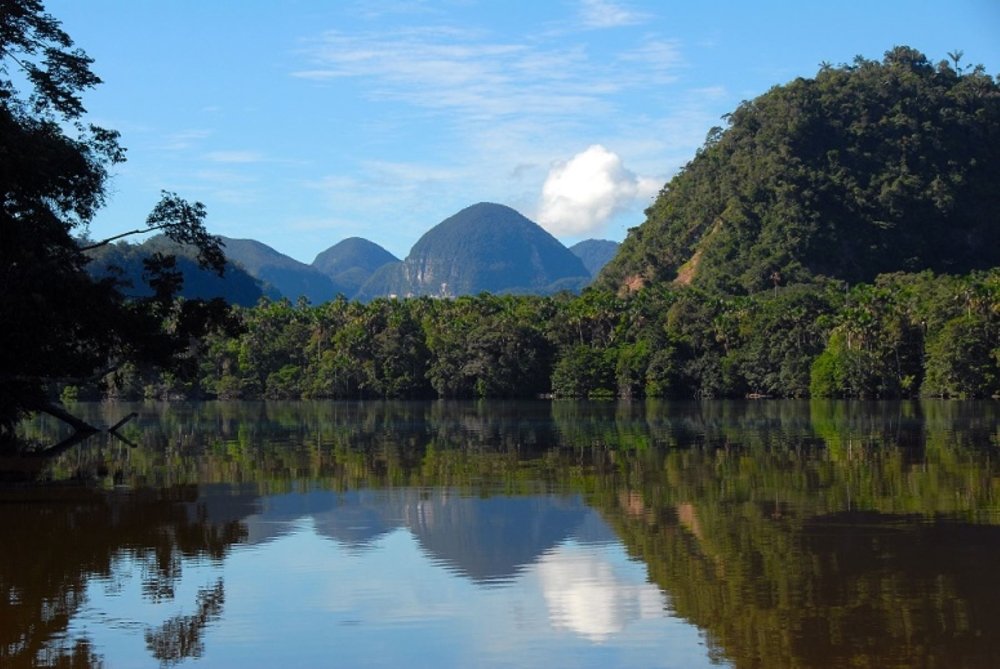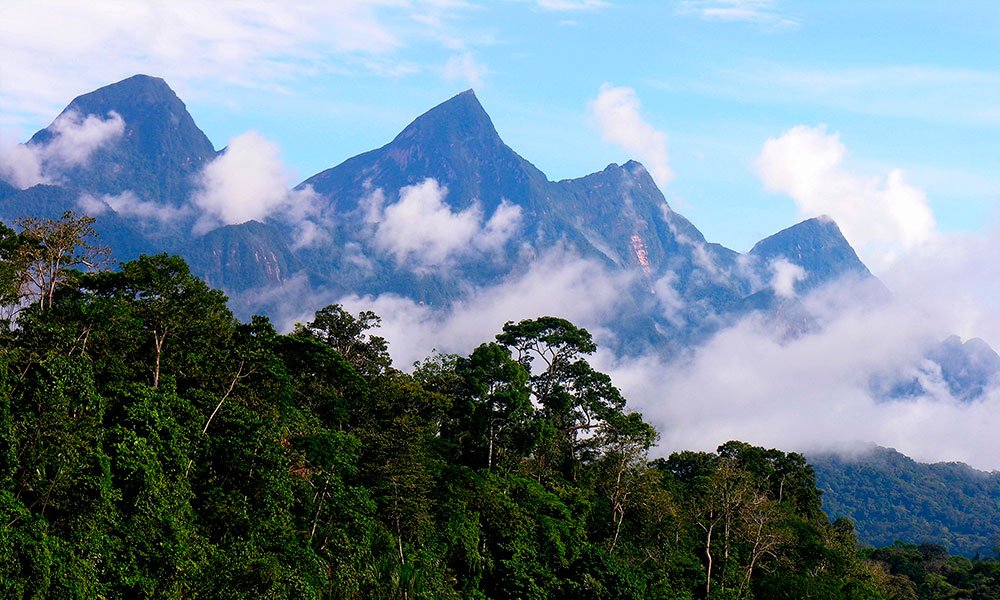Cordillera Azul National Park
Location: It is located on the eastern slope of the Andes, covering part of the Peruvian Amazon.
Size: The park has an area of approximately 1,353,606 hectares, making it one of the largest parks in Peru and the Amazon region.
Biodiversity
The Cordillera Azul National Park boasts exceptional biodiversity due to its location at the transition between the Andes and the Amazon rainforest. Here are some key aspects of its biodiversity:
- Flora: The park harbors a wide diversity of plant species, including towering trees such as cedar (Cedrela odorata), tornillo (Cedrelinga cateniformis), and aguano (Caryocar villosum), as well as a variety of palms, heliconias, and orchids.
- Fauna: It is home to a rich array of animal species, many of which are threatened or endangered. Mammals include the jaguar (Panthera onca), spectacled bear (Tremarctos ornatus), tapir (Tapirus terrestris), and several primate species like the squirrel monkey (Saimiri sciureus). Additionally, the park is renowned for its diverse birdlife, including macaws, toucans, and numerous waterfowl and raptors.
- Reptiles and Amphibians: Various reptile species inhabit the park, such as the boa constrictor (Boa constrictor) and black caiman (Melanosuchus niger), alongside numerous frog species and other amphibians.
- Fish and Aquatic Organisms: Rivers and water bodies within the park support a variety of native fish species, including those important for sustainable fishing practices and aquatic ecology.
- Invertebrates: Though less studied, invertebrates play critical roles in ecosystems, contributing to pollination, decomposition, and nutrient cycling.
The biodiversity of Cordillera Azul National Park is not only notable for its species richness but also for its ecological significance within the Peruvian Amazon and globally. Conservation efforts in the park are crucial for protecting endangered species and maintaining the ecosystem services that benefit both wildlife and human communities reliant on these natural resources.
What are some of the things to do in the Cordillera Azul National Park?
In Cordillera Azul National Park, visitors can engage in a variety of activities that allow them to explore and enjoy its stunning natural environment. Here are some of the activities commonly available:
- Hiking and Trekking: The park offers a network of trails that allow exploration of different ecosystems and landscapes. These trails can lead to waterfalls, natural viewpoints, and areas of high biodiversity.
- Nature Watching: Due to its rich biodiversity, the park is ideal for birdwatching and observing other wildlife. Visitors can spot unique bird species, mammals such as monkeys, tapirs, and big cats like jaguars, among others.
- Camping: Designated camping areas within the park enable visitors to immerse themselves fully in nature and enjoy starry nights in a pristine environment.
- Visits to Local Communities: Some areas of the park are close to local communities practicing sustainable agriculture and traditional craftsmanship. These visits offer the opportunity to learn about local culture and economically support communities.
- Interpretative Walks: Specialized guides lead interpretative walks, explaining the flora, fauna, geology, and the cultural and historical significance of the region.
- Water Activities: Rivers and water bodies within the park allow for activities such as sustainable fishing, kayaking, or simply enjoying a swim in clear waters.
- Environmental Education and Awareness: Many tours and activities focus on environmental education, promoting awareness about conservation and the importance of protected ecosystems like Cordillera Azul National Park.
It’s important to note that activities in Cordillera Azul National Park are regulated to minimize environmental impact and preserve its natural beauty and biodiversity. Before planning a visit, it’s advisable to inquire about regulations and local guidelines to ensure a responsible and respectful experience in the park.













